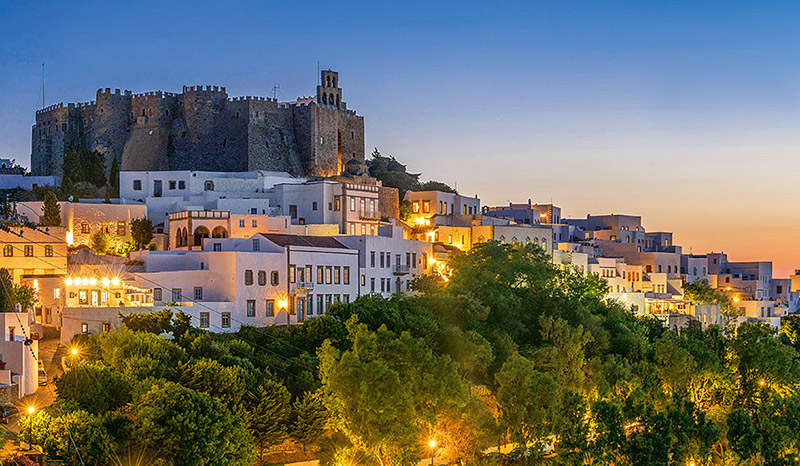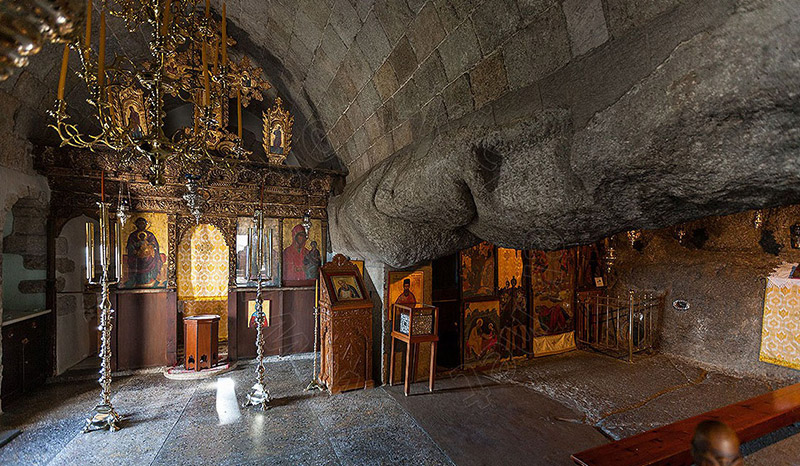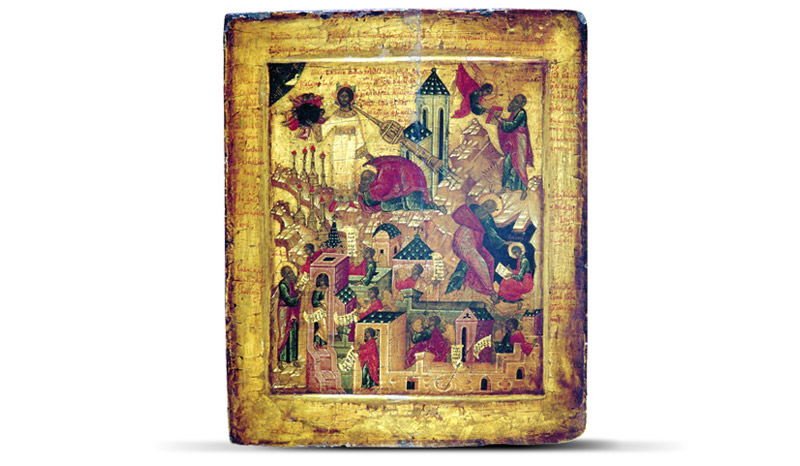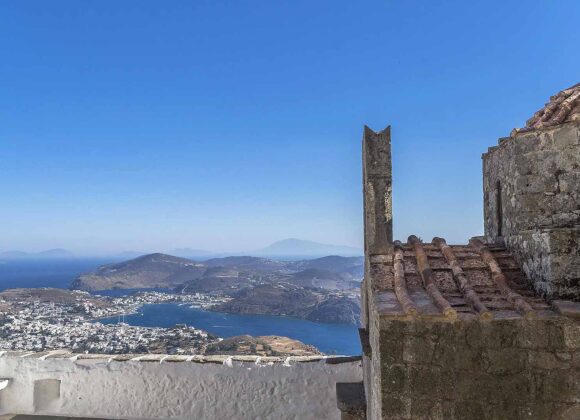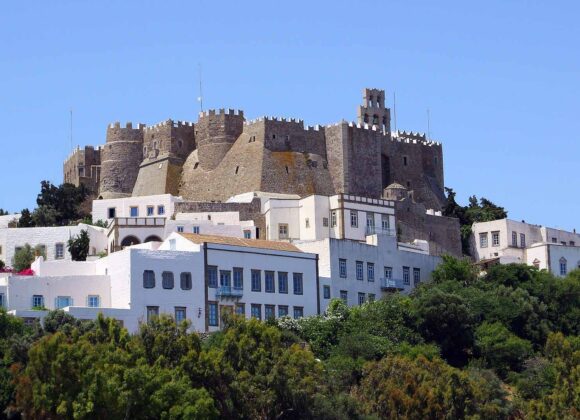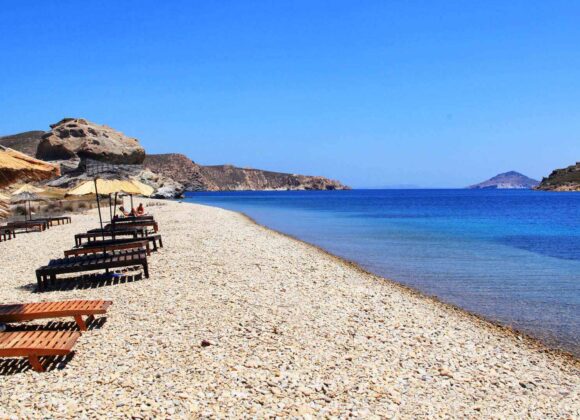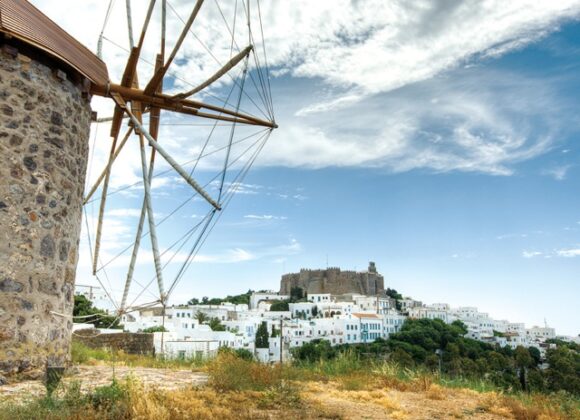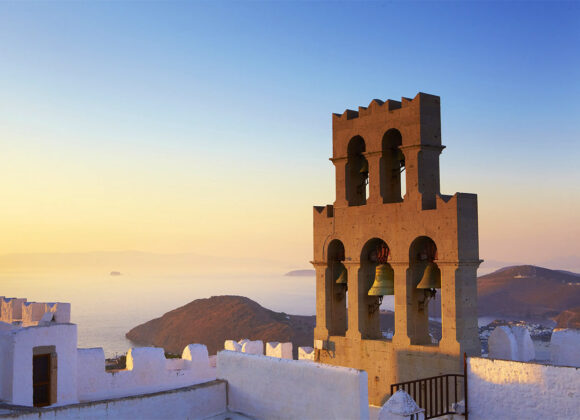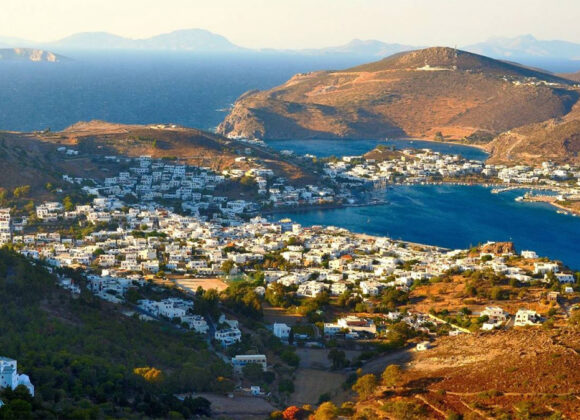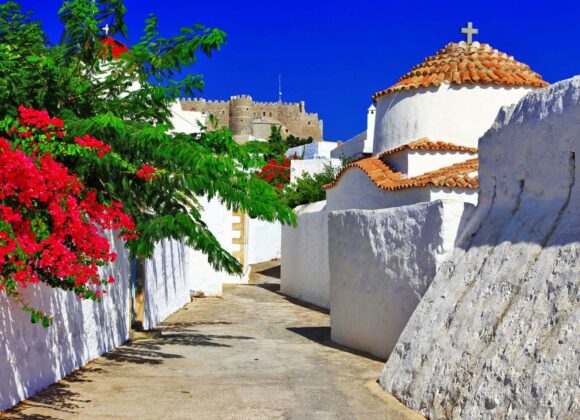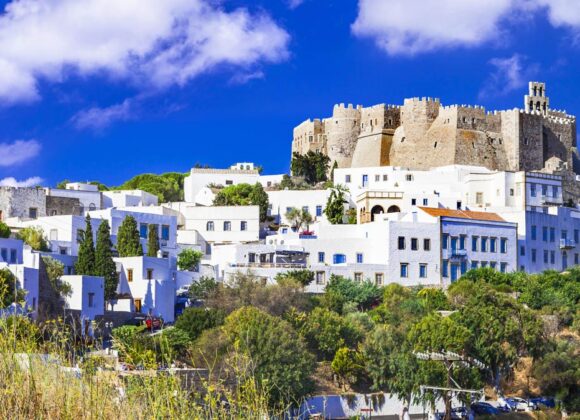According to mythology, Patmos was called Letoisse and it was the island of Diana, daughter of Leto, after whom the island was named. Myth claims that Patmos lay on the bottom of the sea. Selini, the moon, was in love with Endymion, who would sleep in the temple of Diana at Karia, and every time she saw him, she would light the island in the water, creating a scene of unique beauty. Selini, asked Diana to raise the island above the sea and this was achieved with the help of Apollo, brother of Diana, who asked this favour from his father, Zeus.
After the island emerged and was warmed by the sun, Diana encouraged many people to inhabit it. According to another myth, the island was named by Neptune when he stepped on it (step: patima), thus the island was called at first “Patnos” and later “Patmos”.




